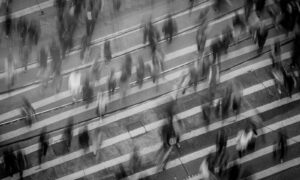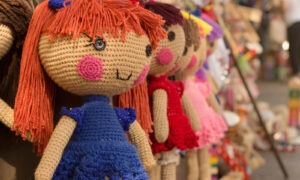Watch any television movie or those you’ll find on bigger screens and you are likely to see beautiful people in desirable locations. This truism can lead some to attempt to emulate the perception of physical beauty played out on the big screen. This beauty is neither natural nor naturally achievable. When an individual can’t attain the perfection they hope for they may focus on the opposite – deformity. They may become obsessed by the potential of personal deformity. The result can be a phobia related to personal disfigurement. This fear is known as Dysmorphophobia.
When my son was younger he fell out of a tree and broke two bones in his arm. In spite of efforts to set the bones they could not be set in traditional ways and surgery was required. This lead to a three inch centipede-like scar and two smaller circular scars where pins were put in place. We then spent hundreds of dollars on physical therapy that would allow him to regain full movement of the wrist and arm that had been damaged. In a way the incident left him disfigured to a small degree. For the phobic personality this situation would be particularly devastating both physical and emotionally.
What Causes Dysmorphophobia?
As with my son, a personal incident involving a deformity can lead to the fear of revisiting the potential of additional deformity. There is also the potential that a personal observation of the manner in which someone else was deformed (accident or medical issue) can also contribute to a phobia.
Even hearing someone say something like, “Well, if anything were to happen to me to make me look like that I’d rather die” can cause a phobic personality to believe that there is more to fear about a potential deformity than they ever dreamed possible.
Symptoms of Dysmorphophobia
A person with this fear will not want to personally observe anyone with a deformity. On the other hand there may be some that are so obsessed with this physical alteration they can be frightened, yet can’t seem to take their eyes off those who bear some deformity.
Other symptoms may also include…
- Trembling
- Air hunger
- Panic attacks
- Crying
- Elevated heart rates
- An urge to flee
- Nausea
- Vomiting
This individual may focus on statistics surrounding deformity or they may avoid any interest in knowing more about it. A lot of this depends on whether reason for their fear is obsession or avoidance.
How to Overcome Dysmorphophobia
The human mind is an interesting and highly complicated computer of sorts. It responds to the information it has. When there are certain bits of data missing from that data conclusions can come out wrong. This is why phobic personalities often need the input of others who may have the data they need to overcome their phobic response. I this case that data can be provided by a qualified therapist who can assist the phobic in altering response and minimizing the fear.
The fear of deformity is also referred to as:
- Deformity fear
- Dysmorphophobia




















